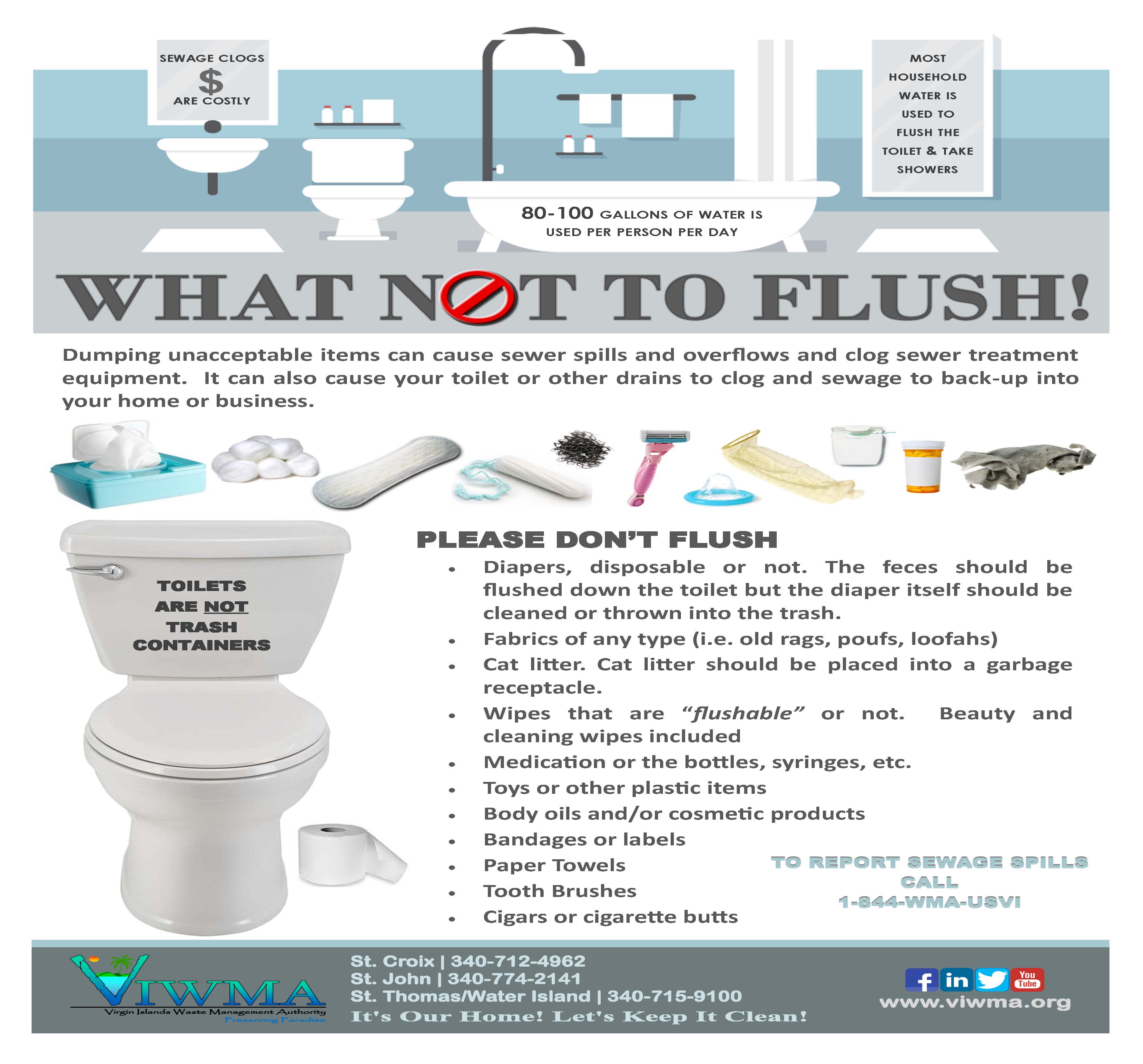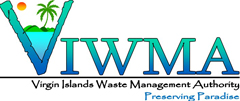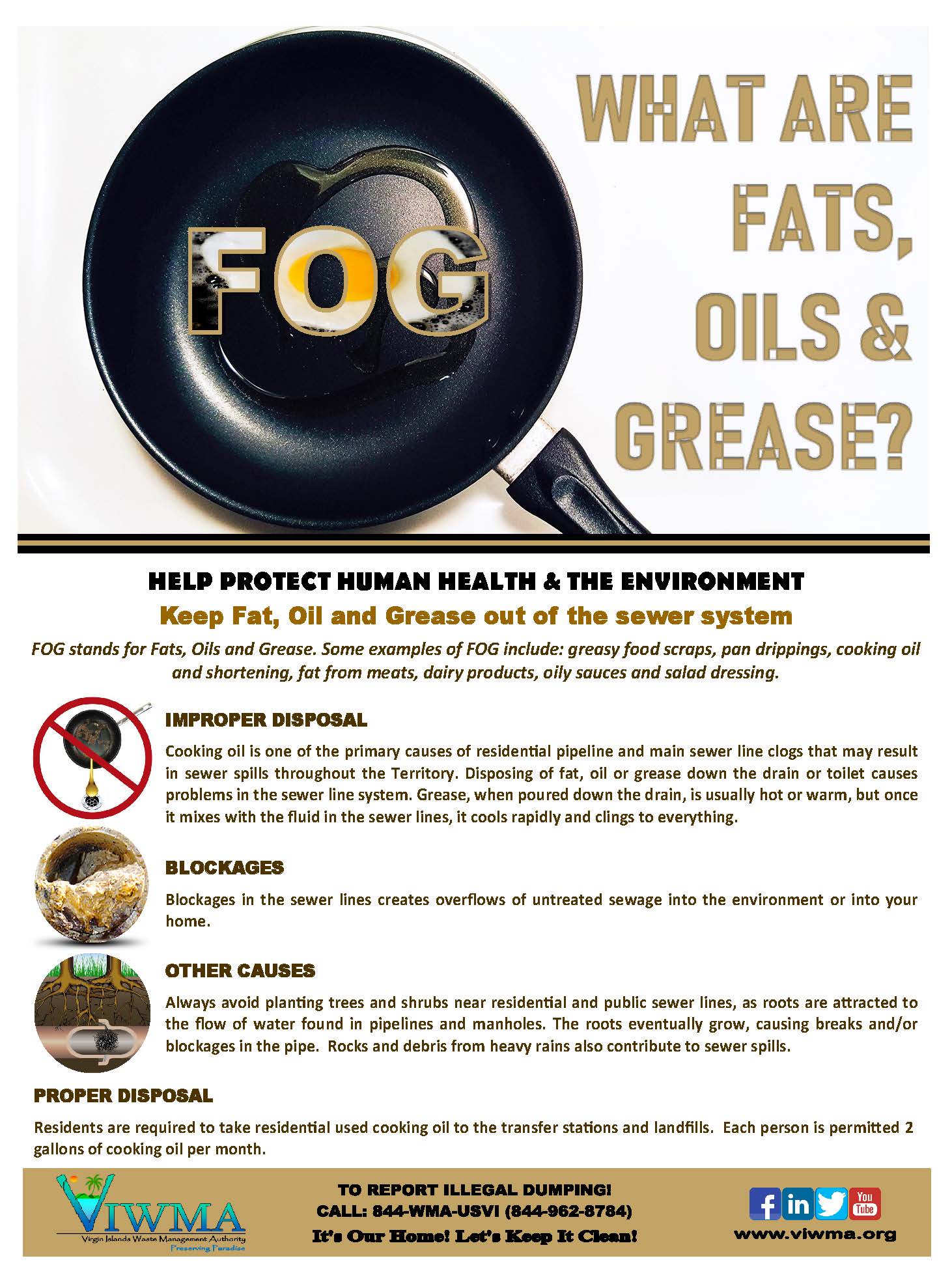VIWMA provides wastewater services including collection, pumping, treatment and disposal to approximately 60% of the Virgin Islands 115,000 residents. Everyday, more than 4.5 million gallons of wastewater rushes through those pipes, heading toward the wastewater treatment plants on St. Croix, St. Thomas and St. John. And, what is wastewater? Wastewater is a liquid that may or may not contain solids and, if left untreated and is discharged into the environment, would create a public nuisance or health hazard.
The transporting, collection, and disposal of wastewater through a safe and reliable system are the responsibility of the Wastewater Division. The proper operations and maintenance (O&M) of a large network of underground pipes and pump stations that transport wastewater to the treatment plants and the ocean discharge of treated effluent is the main responsibility of this Division. The system currently consists of 8 treatment plants and 31 pump stations, territorially, to perform this task. The O&M personnel must meet compliance with the local and federal requirements and permits issued by the Department of Planning and Natural Resources.
The task becomes even more difficult when you have inherited a sewer system that contained unmapped sewer lines, undocumented records of users and illegal connections, and years of neglect. It creates a unique challenge to overcome. The sewer system, which is more than 210 miles of line, consists of pipes made of ductile iron, bricks, and PVC piping, ranging in size from 4-inches to 48-inches. According to the VI Law, once you are located within 60 feet of a public sewer line, you are required to connect to the system. The sewer user fee is incorporated into the property tax bill.
Items that should not be flushed or washed down the drain are grease, cooking oil, chemicals. These items cause the system to become clogged and force sewage up onto the streets through manholes. The inflow of storm water, the frequent failure of lines, and grease build up result in emergency conditions which require rapid response and corrective action by the Division’s personnel. The staff is dedicated to keeping our environment clean and protecting the health of our residents and visitors 24-hours a day and 7-days per week.
 The need to provide proper wastewater treatment and service to the Territory's citizens and the requirements of a 1996 Consent Decree from the U.S. Environmental Protection Agency is the driving initiative for the construction of one new secondary wastewater treatment plant and the upgrade of an existing facility to meet secondary treatment standards. Both facilities are under deadlines for compliance with the secondary treatment standards. Both the St Croix and St. Thomas facilities are scheduled to come online during the summer of 2007.
The need to provide proper wastewater treatment and service to the Territory's citizens and the requirements of a 1996 Consent Decree from the U.S. Environmental Protection Agency is the driving initiative for the construction of one new secondary wastewater treatment plant and the upgrade of an existing facility to meet secondary treatment standards. Both facilities are under deadlines for compliance with the secondary treatment standards. Both the St Croix and St. Thomas facilities are scheduled to come online during the summer of 2007.
Upon completion of the secondary treatment plant on St. Croix, the water product could be reclaimed for agricultural use. The water reclamation project could provide a year-round source of water to the local farmers.
All wastewater treatment plants utilize some combination of physical, biological, and chemical systems to treat wastewater. The new plants are designed as a Sequencing Batch Reactor (SBR), like is currently at the Mangrove Lagoon Treatment Plant, and uses an activated sludge process with aeration and sludge settlement both occurring in the same tank. The SBR design was specifically chosen based on the location, the typical wastewater characteristics, and the needs of the community. Disinfection is achieved through an ultraviolet (UV) light system rather than the traditional use of chemicals that can be harmful to the environment.





